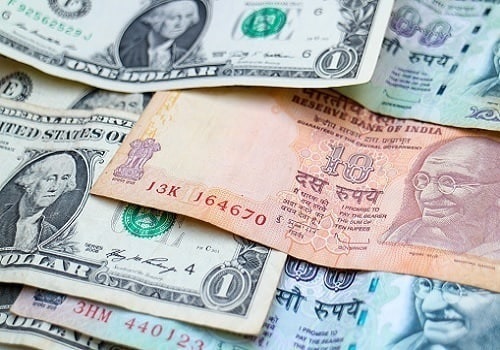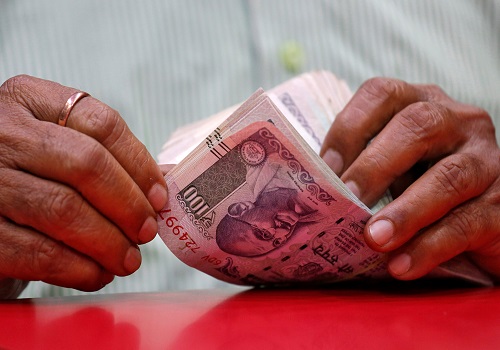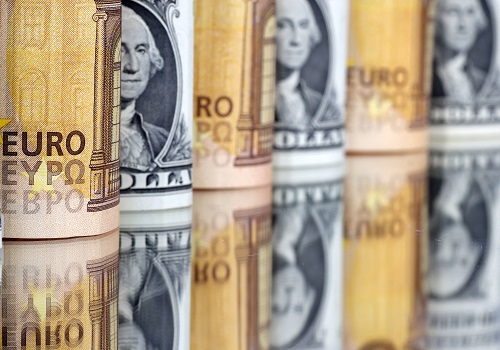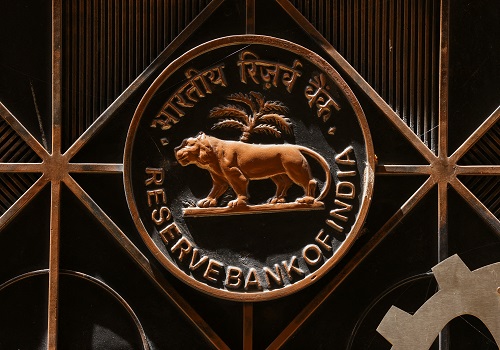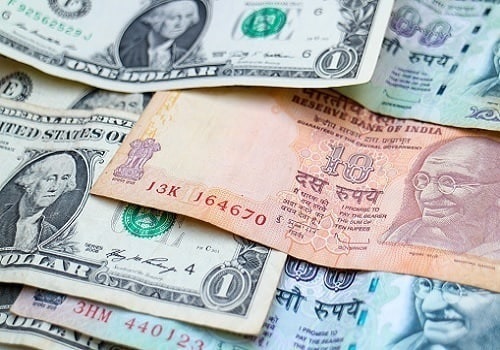Dollar regains footing amid higher yields as Fed outlook weighed
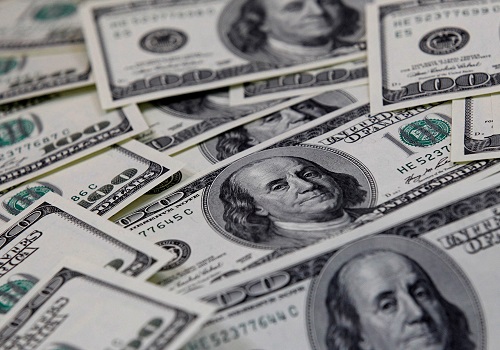
Follow us Now on Telegram ! Get daily 10 - 12 important updates on Business, Finance and Investment. Join our Telegram Channel
The dollar steadied on Wednesday after it seesawed with bond market volatility as investors scrutinised U.S. economic indicators, Federal Reserve commentary and corporate earnings for clues about the path for interest rates.
The dollar index - which gauges the greenback against six major peers - ticked up 0.11% to 101.83 in Asian trading, following a 0.36% slide on Tuesday that reversed the 0.54% rally of the session before. On Friday, the index had dipped to a one-year low at 100.78.
U.S. two-year Treasury yields, which are extremely sensitive to Fed expectations, reached an almost one-month high of 4.231% overnight, and remained elevated in Tokyo trading on Wednesday.
St. Louis Fed chief James Bullard told Reuters in an interview that he leans toward 75 bps of additional tightening, versus market consensus for one more 25 bp hike next month and then the potential for cuts later this year.
By contrast, Atlanta Fed President Raphael Bostic said in an interview with CNBC that he expects just one more quarter point hike, followed by an extended pause.
"The market is pretty much resigned to a 25 bps hike at the May meeting, so it's more the ebb and flow of expectations about rate cuts this year that's causing U.S. bond market volatility," said Ray Attrill, head of foreign-exchange strategist at National Australia Bank.
"It's the volatility in the bond market that's driving the dollar, not the other way round."
The dollar's decline on Tuesday was also helped by reduced demand for its safety after what Attrill called "blockbuster" Chinese economic growth data that day, which buoyed the risk-sensitive Australian currency.
The Aussie eased 0.06% to $0.67245 on Wednesday, following a 0.41% rally in the prior session.
The euro was steady at $1.09725 after Tuesday's 0.42% rise. Sterling slipped 0.09% to $1.2413 following the previous day's 0.38% advance.
The dollar gained 0.17% to 134.31 yen, recovering from a 0.29% retreat on Tuesday.
"A key driving force that used to support the broad USD -i.e. weakening global growth - has been fading, if not neutralised," HSBC analysts wrote in a client note.
"Its decline is likely to be larger than some may think."












 320-x-100_uti_gold.jpg" alt="Advertisement">
320-x-100_uti_gold.jpg" alt="Advertisement">





